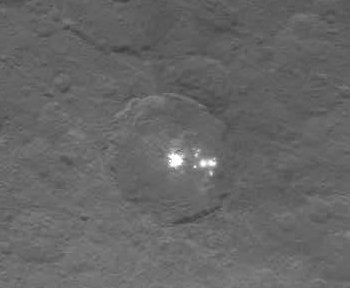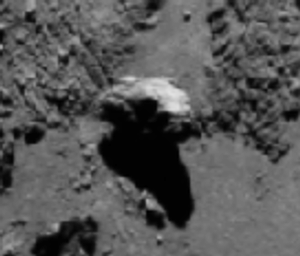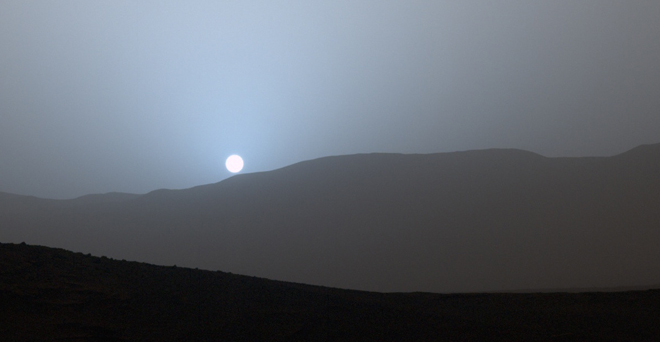Air Force finally certifies SpaceX
The competition heats up: The Air Force on Tuesday certified SpaceX to permit it to bid and launch military payloads.
This puts big pressure on ULA, which no longer has a monopoly on all military launches. In order to gain contracts they are going to have to compete, lowering their prices to match SpaceX’s.
The competition heats up: The Air Force on Tuesday certified SpaceX to permit it to bid and launch military payloads.
This puts big pressure on ULA, which no longer has a monopoly on all military launches. In order to gain contracts they are going to have to compete, lowering their prices to match SpaceX’s.



